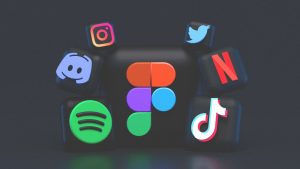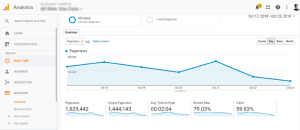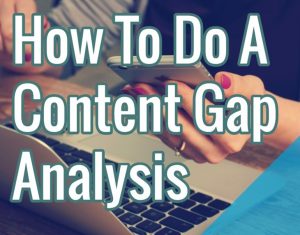Facebook does not rank the order of their ad’s appearance (on the newsfeed) based purely on the amount of cash an advertiser puts behind them.
^This might surprise a few of you^
In the rest of this (500 word) article, I’m going to explain how the Facebook ad algorithm works, so you can get your ads to rank higher on the FB newsfeed, but first…
Why Does This Matter?
Facebook charge advertisers every time a user sees their ads. So, it’s paramount to advertisers that their target audience see their ads at the right time.
The ‘right time’ is near the top of the newsfeed, where they are much more tuned in and engaged in the content, and therefore, more likely to take action.
Ads that don’t appeal to the FB ad algorithm will gain their impressions much further down the newsfeed, where users are less engaged and more likely to skim over content
The 3 Key Ranking Factors
The Facebook Ad Algorithm has 3 major ranking factors. Appeal to all of these and your FB ad is much more likely to appear where your target audience will take action.
Estimated Action Rate
When you set up a FB ad, you must pick a campaign objective (e.g. Engagement, Conversion, Video Views).
The ‘Estimated Action Rate’ is Facebook’s guess at the likelihood of your ad achieving its objective. For example, if you pick engagement, your estimated action rate is the likelihood of your ad getting likes, comments and shares.
Facebook make these educated guesses by tracking:
- The ad’s performance (over time)
- The ad set as a whole
- The quality of your campaign
- Your account history
- Ad feedback (from users who ‘report’ or ’hide’ the ad)
User Value
Above all else, Facebook is a business. The more people that return to their platform, the more money they make through advertising revenue.
And in order for them to get more regular visitors, they must make their experience as valuable as possible- this includes the ads that their users see.
However, user value doesn’t track the experience of a user on FB (this is done in Estimate Action Rate). User Value relates to the actions a user takes after clicking on an ad.
Facebook can measure every user’s behaviour after they click on an ad by using metrics like:
- Time on page
- Back-clicks
- Immediate exits
- Conversion %
- Video view % (natively on FB)
It doesn’t matter if you’re selling, sharing content or promoting brand awareness, aim to make your audience stick (or click) on your ad’s landing pages and videos.
Bidding Strategy and Limit
Predictably, cash still has an impact (just not as big as you might’ve thought).
When it comes to bidding strategy, allow Facebook’s AI to do the hard-work for you by selecting the ‘Lowest Cost’ option (this is automatically selected by default).
I’d recommend using a ‘Daily’ budget (instead of lifetime), and making sure that you give your ad’s enough time to learn and optimise.
And, as promised that’s just about 500…
…check back soon for 500 words on another subject that sounds more complicated that it needs to or find out more about the FB Ad Algorithm.
Digital & Social Articles on Business 2 Community
(20)
Report Post






